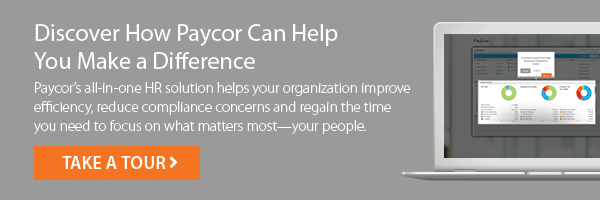Paying employees is one of the core responsibilities of any company. But the idea of setting up payroll for the first time is enough to cause nightmares for many small business owners. It’s not just that it takes time—it’s that small errors can come at a big cost to your business and run the risk of big fines from the IRS.
The decision any small business owner has to make is whether to set up payroll all by yourself or get help. You might wonder, is it really so complicated? Let’s take a look at what setting up payroll will look like if you go it alone or if you choose to use a Payroll provider.
Setting Up Payroll Alone
First Steps
The reality is, doing it alone really is difficult—especially if you don’t have experience. The most challenging part is right at the start: you’ll first have to set up general ledger accounts to track your money and enable reliable bookkeeping for small business. Next, you’ll have to choose your pay schedule, taking into account state law on pay periods. Employees love regular paychecks but the shorter the pay period the more work for employers who process payroll manually.
Information Gathering
Processing payroll requires many documents, starting with an Employer Identification Number (a “Taxpayer ID Number”), for which you’ll have to apply.
Here’s a selection of other documents and data you’ll need to gather and (crucially) keep updated:
- Employee addresses
- Employee Social Security Numbers
- Employee bank account info (if required for direct deposit)
- W-4 forms (plus any applicable state withholding certificates)
- W-9 (for any independent contractors)
- I-9 forms
- Workers Compensation ID Number
- Medical insurance forms
- Retirement plan documents
Tracking Time Worked
The steps listed so far, though tricky, are mostly ‘set and forget’: they don’t have to be repeated. However, there’s a lot you’ll have to do every single pay period—starting with precisely tracking the time worked by all hourly workers as well as all Paid Time Off, overtime and sick leave. To stay FLSA compliant, you’ll also need to make sure you’re paying all workers the minimum wage at all times.
Payroll Calculations
If you’re processing payroll manually, it’s time to get the calculator out. To calculate an employee’s net pay, you first have to calculate their gross pay, before all deductions and withholdings—taxes (local, state and federal), medical insurance, retirement contributions and more.
Reports
To make sure every detail is correct, you’ll want to run reports. If you’re taking the manual route this can be very time consuming, but it’s essential. You need to know exactly how much cash you have available, your total tax withholding and total tax liability.
All payroll information—including employee wages, hours worked and overtime earned—must be tracked and stored for Department of Labor oversight.
Paying Employees
Finally, you’ll have to actually pay employees. You need to send direct deposits (at least 2 business days in advance of pay day), print and mail checks or, more rarely, distribute funds to payroll cards. You also need to make sure you pay all required taxes, on time and in full. In some states you will also need to give employees a physical pay stub.
Processing Payroll with a Payroll Provider
The biggest benefit of using a payroll provider is that the hardest steps—like setting up general ledger accounts, organizing your departmental structure and storing hoards of employee data—are done for you. Paycor streamlines the entire process so that every pay period you only need to confirm calculations are correct, rather than wasting hours on admin.
Some of the key benefits include:
- A core HR solution which stores all relevant employee data and forms
- Time and attendance software with multiple time clock options to help you accurately track the hours employees work—and automatically import these for payroll
- A payroll engine that does all the calculations for you (with built-in tax expertise so you’re never caught out by new regulations)
- Instant reports so you can be sure everything is correct as well as gathering actionable insights into your business
- Payment processing: once you click ‘submit’ we take care of the rest, including automatic mailing, full-page pay stubs and a garnishment processing service










